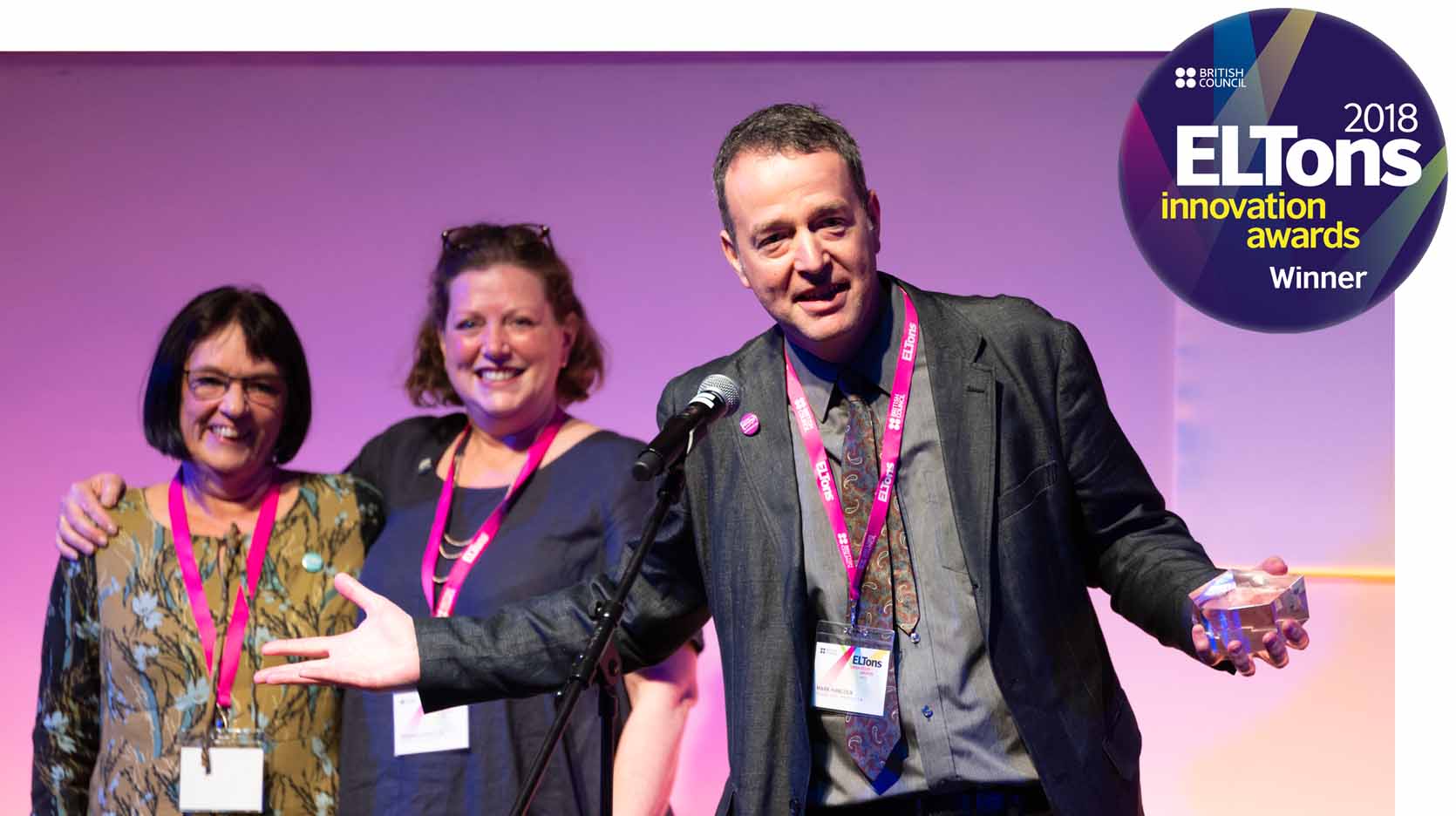
Minimal pairs. Context will often disambiguate, as it hopefully does in this cartoon! But pronunciation problems tend to hunt in packs, and the resulting chaos is less easy to find your way out of. You end up having to unpick the problems one by one anyway. Minimal pairs.



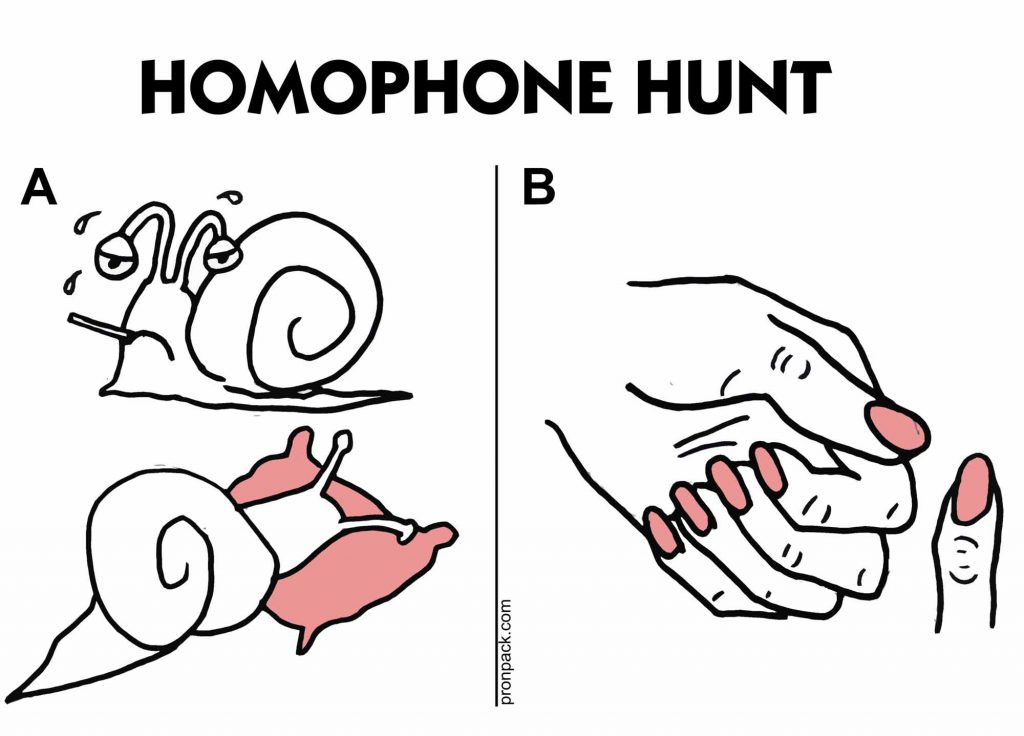
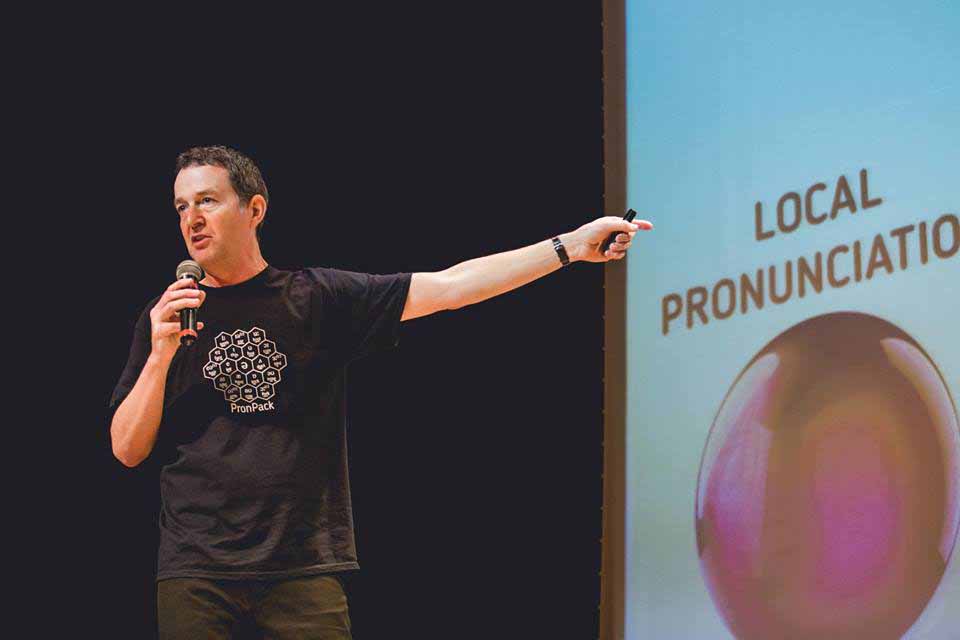
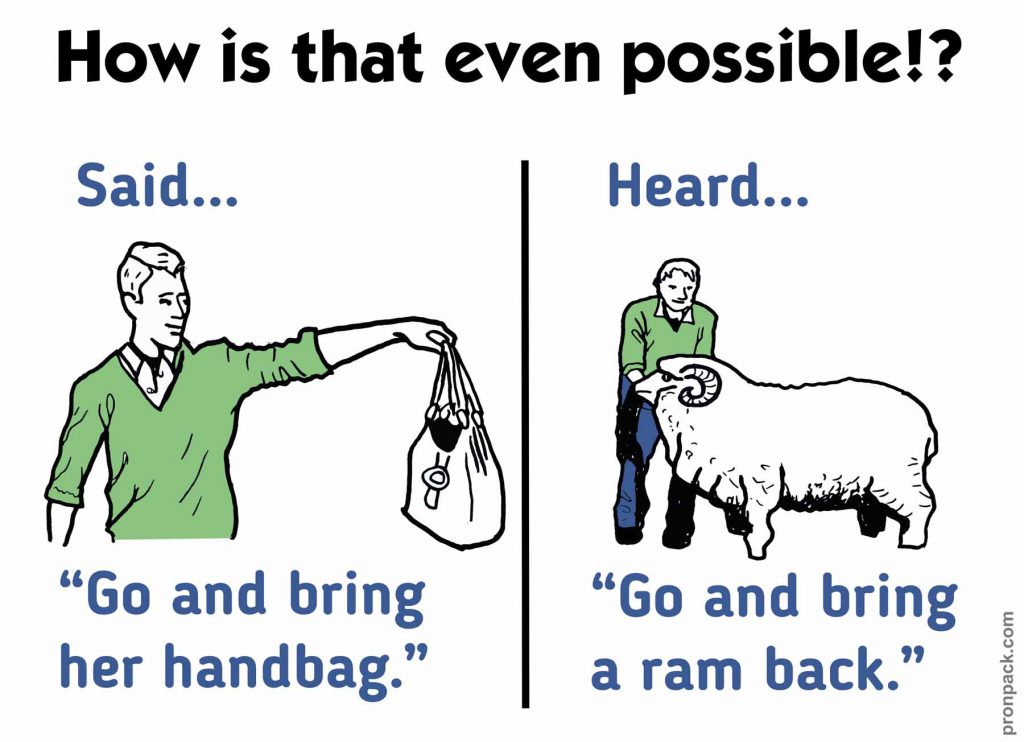


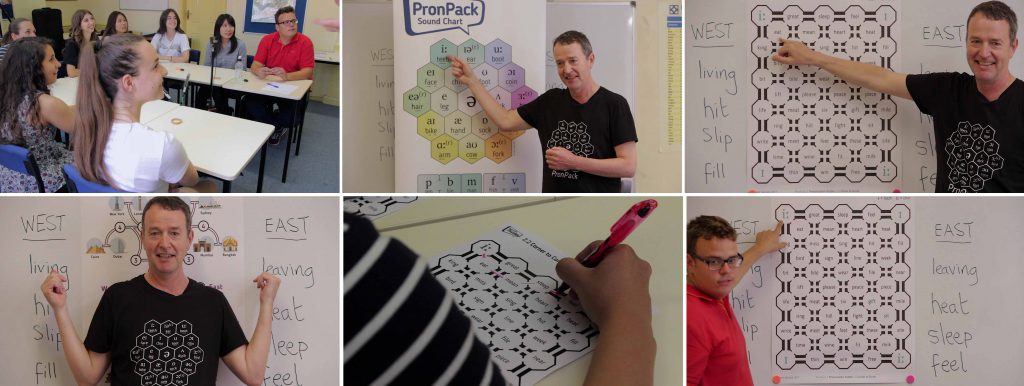
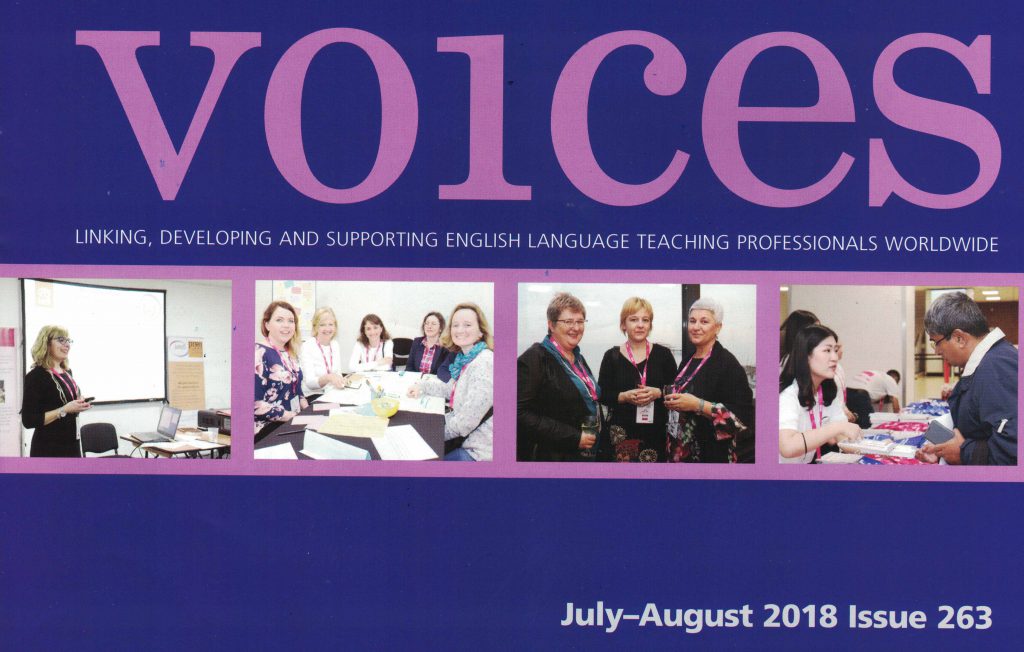
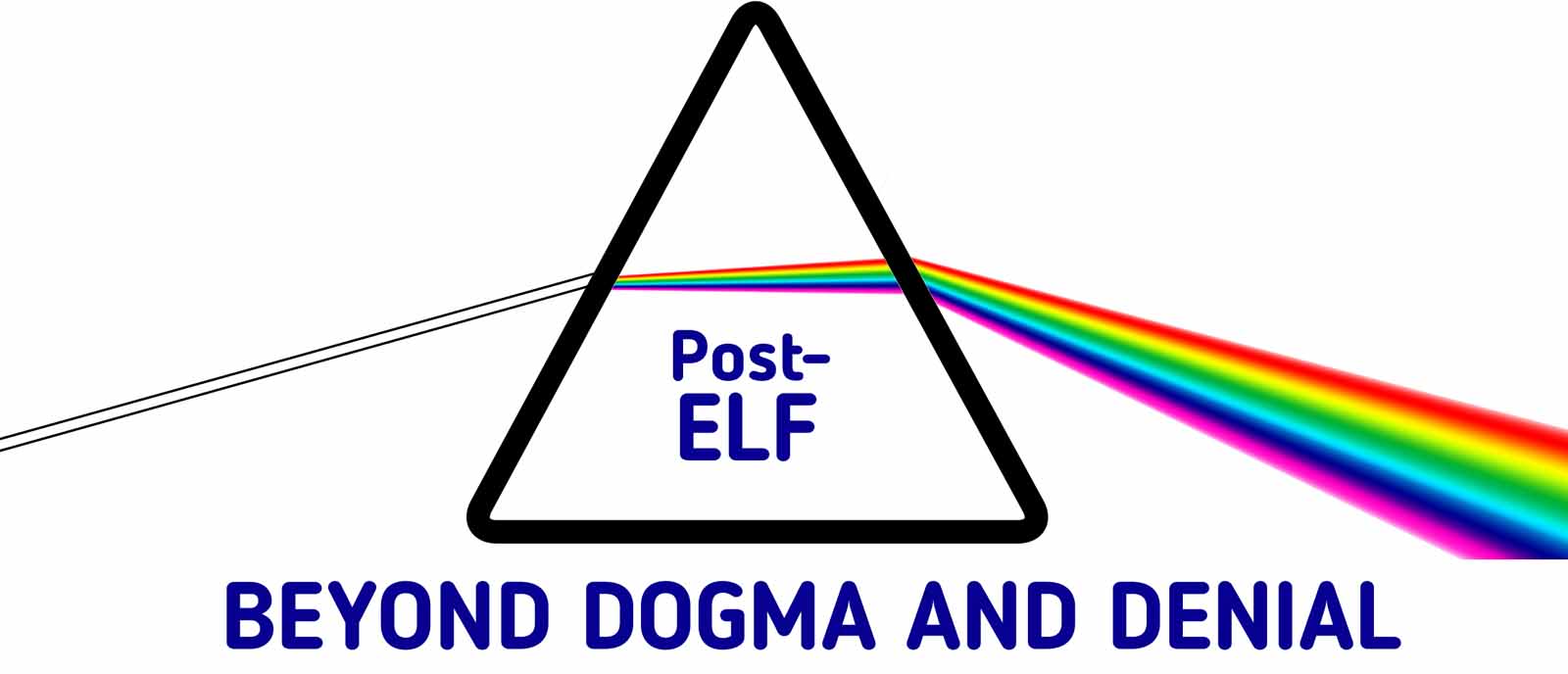 When the implications of English as a Lingua Franca (ELF) first hit the consciousness of the ELT community at the beginning of this century, reactions tended to polarize between dogma and denial. On the dogma side were militants who saw native pronunciation models such as received pronunciation (RP) as a residue of colonialism which needed to be uprooted. From the denial point of view, these militants were a noisy distraction who would hopefully tire themselves out and go away. These are caricatures admittedly, but let’s run with them a little…
When the implications of English as a Lingua Franca (ELF) first hit the consciousness of the ELT community at the beginning of this century, reactions tended to polarize between dogma and denial. On the dogma side were militants who saw native pronunciation models such as received pronunciation (RP) as a residue of colonialism which needed to be uprooted. From the denial point of view, these militants were a noisy distraction who would hopefully tire themselves out and go away. These are caricatures admittedly, but let’s run with them a little… 